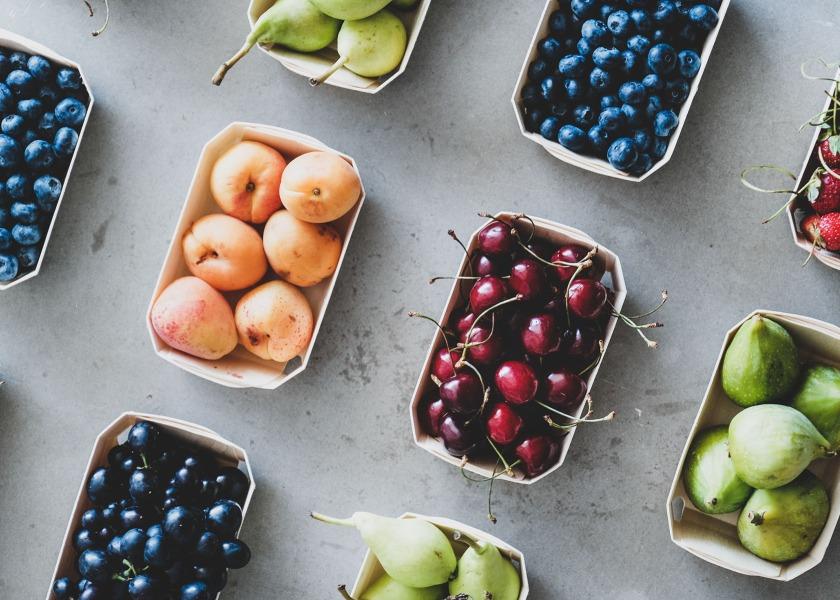Study: Antioxidants in flavonols in fruits and vegetables, tea, linked to slower memory decline

Antioxidants found in fruits and vegetables and other foods may help to slow memory decline, according to a study published in the Nov. 22 online issue of Neurology, the medical journal of the American Academy of Neurology.
The study found that people who eat or drink more foods with antioxidant flavonols, which are found in several fruits and vegetables as well as tea and wine, may have a slower rate of memory decline.
Flavonols are a type of flavonoid, a group of phytochemicals found in plant pigments known for its beneficial effects on health, according to a news release.
“It’s exciting that our study shows making specific diet choices may lead to a slower rate of cognitive decline,” study author Thomas Holland of Rush University Medical Center in Chicago said in the release. “Something as simple as eating more fruits and vegetables and drinking more tea is an easy way for people to take an active role in maintaining their brain health.”
The study involved 961 people with an average age of 81 without dementia, according to the release. Participants in the study were followed for an average of seven years. Besides filling out questionnaires about their food intake, the participants in the study also completed annual cognitive and memory tests including recalling lists of words, remembering numbers and putting them in the correct order, the release said.
The study also asked about levels of education, how much time participants spent doing physical activities and how much time they spent doing mentally engaging activities such as reading and playing games, according to the release.
The people were divided into five equal groups based on the amount of flavonols they had in their diet. While the average amount of flavonol intake in U.S. adults is about 16-20 milligrams (mg) per day, the study population had an average dietary intake of total flavonols of approximately 10 mg per day. The lowest group had an intake of about 5 mg per day, and the highest group consumed an average of 15 mg per day, which is equivalent to about 1 cup of dark leafy greens.
To determine rates of cognitive decline, researchers used an overall global cognition score summarizing 19 cognitive tests. The average score ranged from 0.5 for people with no thinking problems to 0.2 for people with mild cognitive impairment to -0.5 for people with Alzheimer’s disease.
After adjusting for other factors that could affect the rate of memory decline, such as age, sex and smoking, researchers found that the cognitive score of people who had the highest intake of flavonols declined at a rate of 0.4 units per decade more slowly than people whose had the lowest intake. This is probably due to the inherent antioxidant and anti-inflammatory properties of flavonols, Holland said in the release.
The study, the release said, also broke the flavonol class down into the four constituents: kaempferol, quercetin, myricetin and isorhamnetin. The top food contributors for each category were: kale, beans, tea, spinach and broccoli for kaempferol; tomatoes, kale, apples and tea for quercetin; tea, wine, kale, oranges and tomatoes for myricetin; and pears, olive oil, wine and tomato sauce for isorhamnetin.
People who had the highest intake of kaempferol had a 0.4 units per decade slower rate of cognitive decline compared to those in the lowest group, the study found. Those with the highest intake of quercetin had a 0.2 units per decade slower rate of cognitive decline compared to those in the lowest group. And people with the highest intake of myricetin had a 0.3 units per decade slower rate of cognitive decline compared to those in the lowest group. Dietary isorhamnetin was not tied to global cognition, according to the study.
The study shows an association between higher amounts of dietary flavonols and slower cognitive decline but does not prove that flavonols directly cause a slower rate of cognitive decline, Holland said in the release.
Other limitations of the study are that the food frequency questionnaire, although valid, was self-reported, so people may not accurately remember what they eat.
The study was supported by the National Institutes of Health, the National Institute on Aging, and USDA Agricultural Research Service, the release said.







